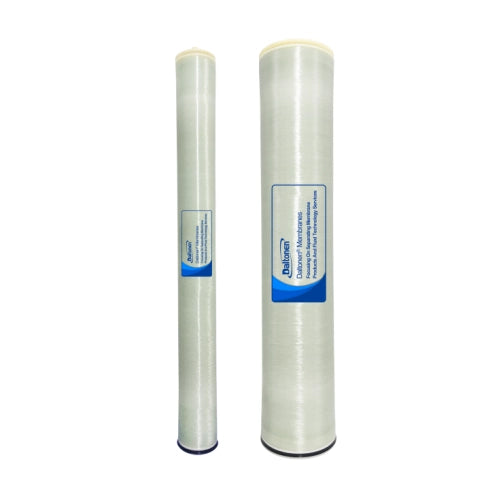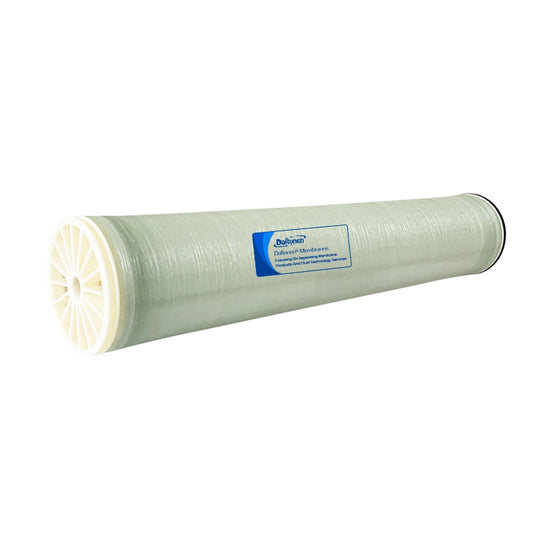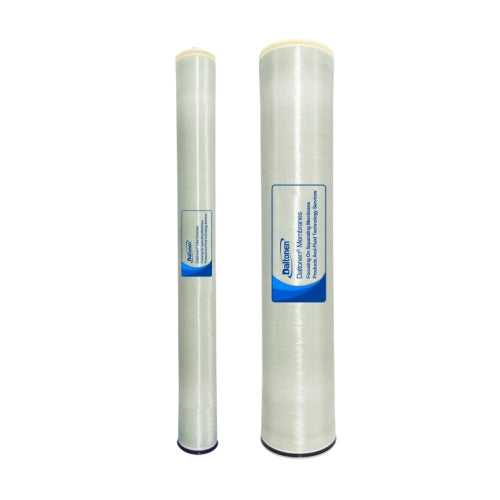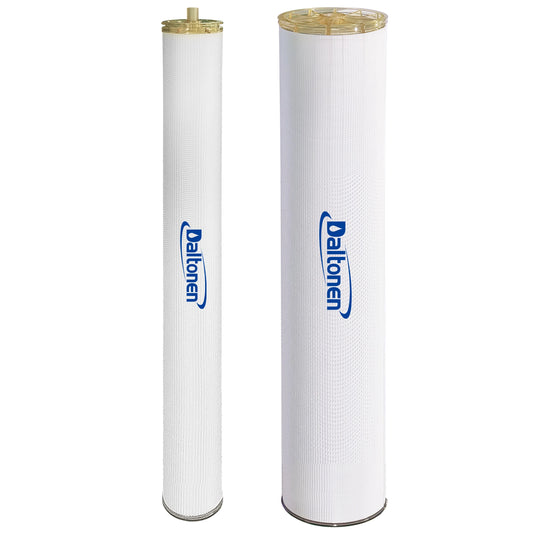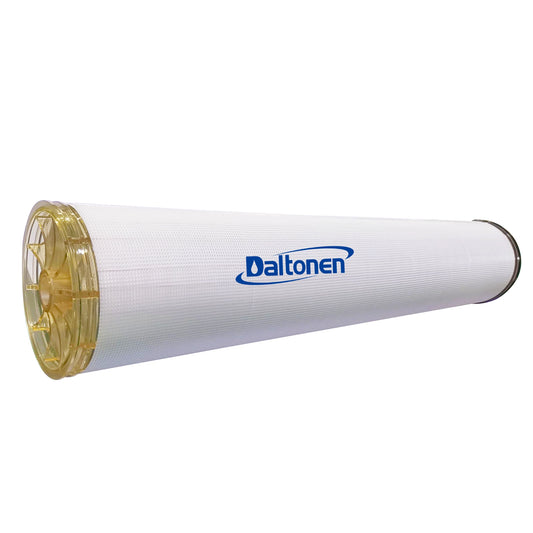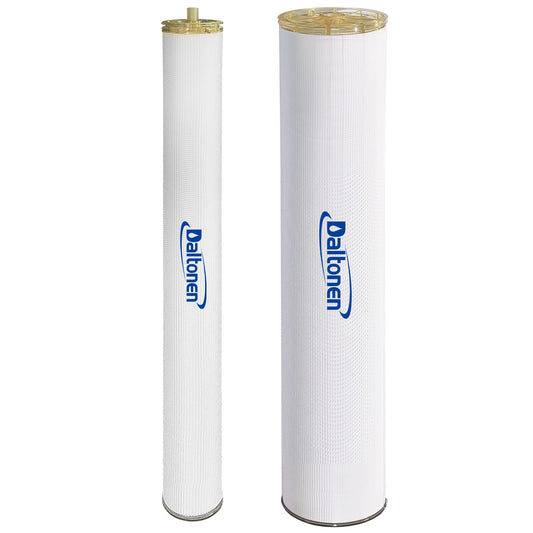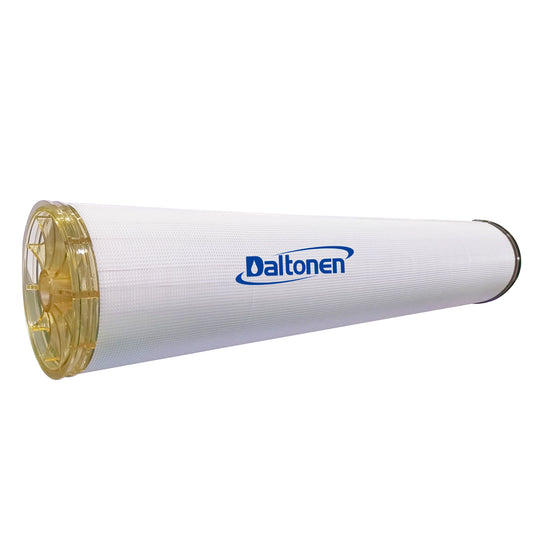Improvement process plan for nanofiltration membrane water plant
Here is the professional English translation of the water treatment plant upgrade proposal for integrating a Nanofiltration (NF) membrane system:
1. Project Objectives
- Remove dissolved organic compounds (e.g., humic acids, pesticides, antibiotics)
- Reduce hardness and sulfates (improve taste, minimize scaling)
- Retain beneficial minerals (NF exhibits low rejection of monovalent ions like K⁺/Na⁺)
- Enhance water quality stability and safety redundancy
- Maximize compatibility with existing infrastructure to minimize retrofit costs
2. Process Flow Design (Recommended "Pretreatment + NF + Post-treatment" Mode)
graph TD
A[Raw Water] --> B[Existing Conventional Treatment]
B -->|Sand Filtrate| C[NF Pretreatment Unit]
C --> D[NF Membrane System]
D --> E[Post-Treatment Unit]
E --> F[Clear Water Tank/Distribution Network]

Process Details:
-
Utilization of Existing Processes
- Retain coagulation, sedimentation, and sand filtration as primary treatment to reduce NF load.
-
New Pretreatment Unit (Critical for NF Membrane Longevity)
- Multi-media filter: Achieve SS < 1 mg/L
- Cartridge filter (5μm): Final particle barrier
- Antiscalant dosing system: Prevent CaSO₄/silicate scaling
- ORP/chlorine monitoring: Dose sodium bisulfite if chlorine present (reduce residual Cl₂ to <0.1 mg/L)
-
NF Membrane Core Unit
- Membrane selection: Low-pressure NF membranes (4-10 bar), e.g., Dow Filmtec NF90, Toray TFC-SR2
- Configuration: 2-stage array (e.g., 6:4 ratio) for ≥85% recovery
- Operation: Constant flux + automatic air-water backwash (every 30–60 min)
- Chemical cleaning: Automated CIP triggered by TMP/time (citric acid + NaOH)
-
Post-Treatment Unit
- pH adjustment: CO₂ stripper or NaOH dosing for neutral pH
- Disinfection: UV + trace sodium hypochlorite (prevent biofilm regrowth)
-
Concentrate Management
- Partial recycle to raw water (≤10%) or dedicated treatment (coagulation-sedimentation for compliant discharge)
3. Key Equipment List
| Category | Equipment | Function |
|---|---|---|
| Pretreatment | Multi-media filter | Deep SS/colloid removal |
| 5μm cartridge filter | Final particulate barrier | |
| NaHSO₃ dosing system | Chlorine reduction | |
| Antiscalant dosing system | Scale inhibition | |
| NF Membrane | NF membrane modules | Core separation unit |
| High-pressure pump + VFD | Stable transmembrane pressure | |
| CIP system | Online chemical cleaning | |
| Post-Treatment | CO₂ stripper/pH adjustment tank | Stabilize product water pH |
| UV disinfector | Microbial control | |
| Control System | PLC + HMI platform | Real-time TMP, flux, conductivity & SDI monitoring |
4. Key Technical Parameters
| Parameter | Target Value | Significance |
|---|---|---|
| Feed SDI₁₅ | < 3 | Ensures stable flux |
| Operating Pressure | 6-8 bar (typical) | Energy-efficient operation |
| System Recovery | ≥85% | Minimizes feed consumption |
| Rejection Rate | MgSO₄ >90%, NaCl 20-50% | Selective contaminant removal |
| Membrane Flux | 15-25 LMH | Balances productivity & fouling |
5. Expected Benefits
-
Water quality enhancement:
- TOC rejection >85%
- Hardness reduction: 40-70% (membrane-dependent)
- Pathogen removal: >99.9%
- Operating cost: ¥0.3–0.6/m³ (power, chemicals, membrane replacement)
- Footprint: Modular design, 1/3 space vs. conventional processes
6. Critical Considerations
- Pretreatment must comply: SDI>5 or Cl₂>0.1 mg/L causes rapid membrane damage.
- Concentrate compliance: Monitor contaminants to meet local effluent standards.
- Mineral balance: Blend with bypass feed if specific Ca/Mg levels required.
- Cold climate protection: Insulate pipes or house equipment indoors.
7. Key Advantages
"Targeted removal + Low energy + Mineral retention"
NF outperforms conventional processes in eliminating carcinogens (e.g., NDMA) and endocrine disruptors, while avoiding health controversies and high energy consumption of reverse osmosis (RO). It represents an optimal solution for water quality retrofits.
For detailed engineering, conduct a pilot study (feed water compatibility) and ROI analysis. Request equipment specifications or P&ID diagrams if needed.
